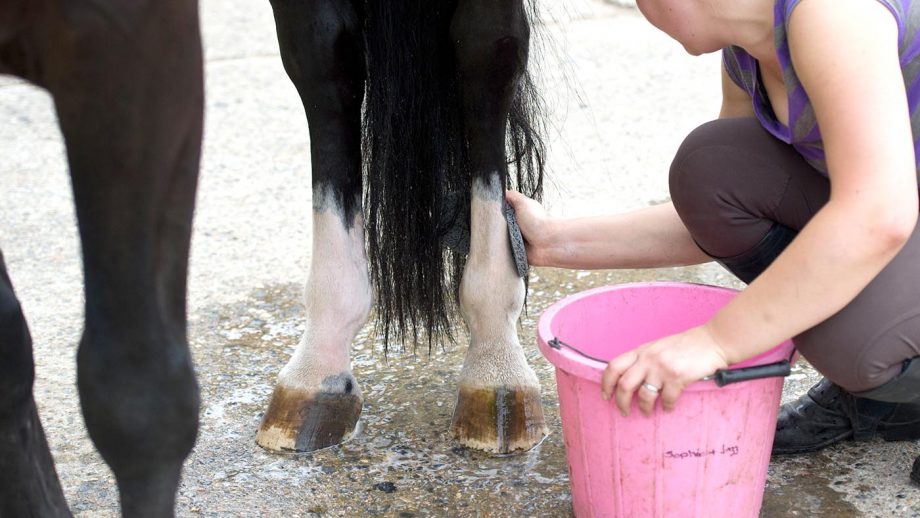When it comes to horseback riding, ensuring your saddle fits both you and your horse is critical to comfort and safety. One crucial aspect of achieving a proper fit is measuring the bars on a saddle. In this comprehensive guide, we will explore how to measure bars on a saddle effectively. Understanding how to do this correctly can greatly enhance your riding experience. Let’s delve into this essential topic for every equestrian.

The Importance of Proper Saddle Fit
The saddle is a key piece of equipment for any rider. A well-fitted saddle is not only important for your comfort but also for your horse’s well-being. Poorly fitted saddles can cause discomfort, pain, and even injuries that might require medical attention. Thus, knowing how to correctly measure the bars on your saddle is crucial.
Understanding Saddle Bars
Saddle bars are the two long pieces of wood or synthetic material that run parallel to each other. They serve as the main support structure, transferring weight evenly across the horse’s back. Properly measuring these bars ensures it sits snugly without restricting movement or causing pressure points.
Tools Needed for Measuring Saddle Bars
- Measuring tape
- Ruler
- Level
- Notepad and pencil
Using these tools, you can take precise measurements that will help you, and possibly a saddle fitter, make necessary adjustments.
Steps to Measure Saddle Bars
Step 1: Position the Saddle
Begin by placing the saddle on a level surface. This position allows you to take accurate measurements and ensures the saddle bars aren’t tilted, giving you a distorted reading.
Step 2: Measure the Length
Use a measuring tape to measure the length of each bar from the front to the back. Consistency in length is crucial for balanced weight distribution.
Step 3: Measure the Width
Next, measure the width between the two bars. This width affects how well the saddle fits the horse’s spine. If the bars are too close, they may press on the spine; too far apart and they might not offer adequate support.
Common Mistakes When Measuring Saddle Bars
It is easy to make errors while measuring saddle bars. One common mistake is not using the proper tools for precise measurement. Another is neglecting to check the saddle’s level when taking measurements, leading to inaccuracies.
Effects of Incorrect Saddle Bar Measurements
Improperly measured saddle bars can lead to severe consequences for both the rider and the horse. Chronic discomfort can lead to behavior issues, affecting training and performance. On a more serious note, it can lead to injuries that might require frequent vet visits.
How Saddle Measurements Affect Your Horse
Horses can become irritable or develop unexplained behavior issues if facing discomfort from a poor-fitting saddle. It can also cause pressure sores, or an uneven distribution of the rider’s weight can harm the horse’s musculature.
Consulting a Professional
If you’re unsure about taking these measurements yourself, consulting a professional saddle fitter could be beneficial. They can provide expert guidance tailored specifically to your horse’s anatomy.
For more information on proper riding gear, see riding gear tips and to ensure you maintain your equipment correctly, visit this equipment maintenance guide.
Avoiding Saddle Fit Issues
Routine checking of the saddle fit as your horse’s condition and musculature change over time will save you from a lot of trouble. Periodic evaluation aligns with best practices in horseback riding.

FAQ
How often should I measure the bars on my saddle?
Its ideal to check measurements at least once a year or whenever you notice changes in your horses posture or musculature due to training or weight changes.
Can I measure saddle bars myself?
Yes, with the right tools and attention to detail, you can measure saddle bars yourself. However, if in doubt, it is advisable to seek expert assistance.
What are the signs of a poorly fitting saddle?
Look for signs like sores on the horses back, uneven sweat marks after a ride, or if the horse shows resistance or discomfort when saddling.
For further advice on preventing and managing horseback riding-related issues, visit our section about horseback riding safety tips.








